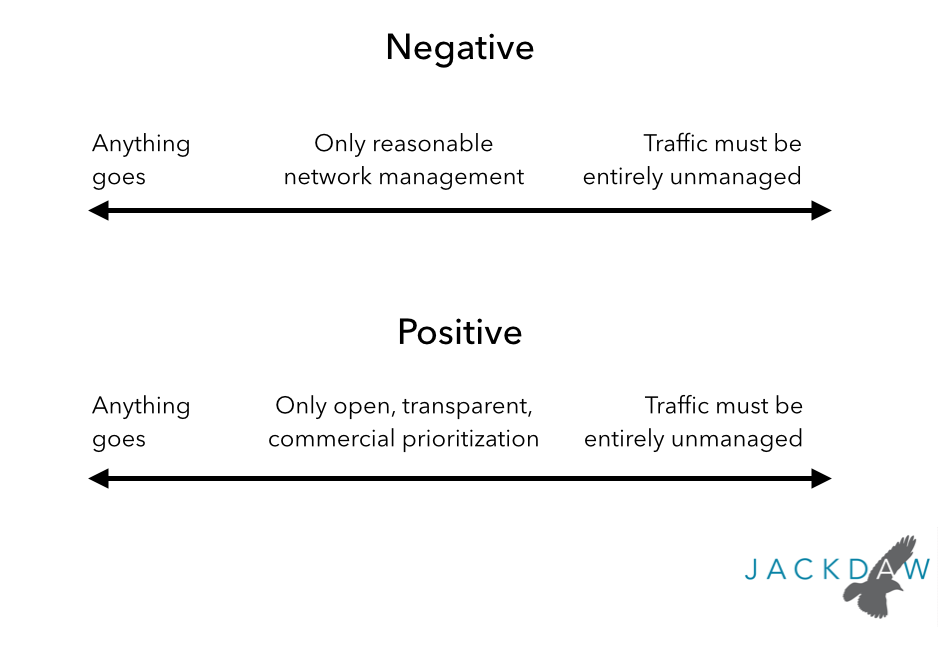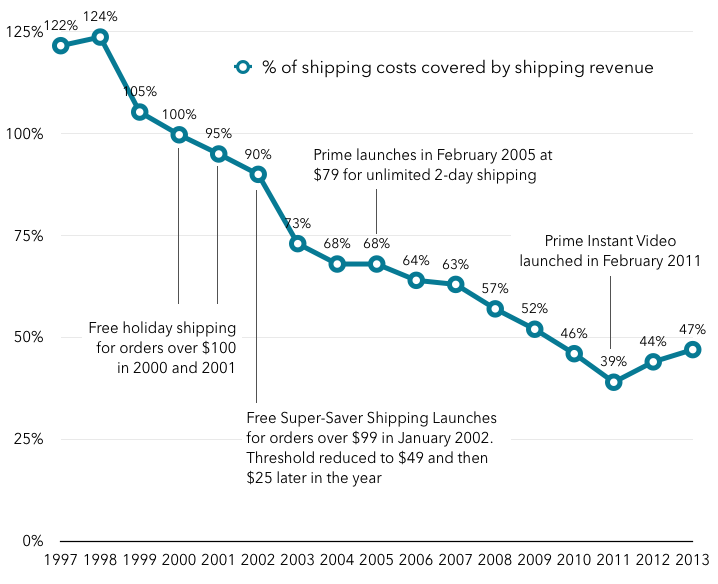A few weeks ago, I had Google Fiber installed at my home in Provo, Utah. Since there are still relatively few of us Google Fiber users out there, I thought I’d share some thoughts on the service from the perspective of a user. This is just a short summary of my experience. I’ve also posted a much longer, deep dive into the whole thing here.
First, the bandwidth side of things. The bandwidth is amazing, but only when you’re hard-wired into it. I get 700Mbit/s down and almost 600Mbit/s upstream pretty consistently when connected via Ethernet into the Network Box Google provides. It’s not quite the gigabit speed advertised, but it’s well over ten times the speed of any other broadband connection I’ve ever had. That makes for very fast iTunes downloads (I downloaded HD movies 3-4GB in size in 1-4 minutes and HD TV shows in well under a minute, and was able to upload a 1GB movie to Vimeo in about two and a half minutes. iTunes topped out at around 180-190Mbit/s, while Vimeo and Flickr seemed to operate at less than that (likely because of limits on processing speed at the other end).
However, all this falls apart somewhat on WiFi, which is what the vast majority of devices in the home will connect over. Right next to the Network Box (which also acts as a WiFi router) I get about a tenth of the download speed compared to being hard-wired, and about a third of the upload speed. Down in the basement, the speed drops further, and down a long hallway in my home office, the Google-provided router is completely useless. 60 feet away, the signal is so poor as to be unusable, and I’ve had to use my own router instead. That router provides 30-40Mbit/s up and down, which is OK but a far cry from gigabit speeds. And that’s a fundamental limitation of Google Fiber (and of WiFi technology) which dramatically reduces the utility on devices like tablets and smartphones, and on many other devices such as laptops which aren’t going to regularly be connected to Ethernet.
For most of what most of us use our devices for – web browsing, watching streaming video and so on – there’s going to be very little difference (at least today) in the experience on reasonably fast standard broadband and Google Fiber. And a 200Mbit/s connection would probably be about as fast as most online services could handle anyway. The other 800Mbit/s simply isn’t going to make a measurable difference.
As for the TV service, it’s totally fine for the basics, and has some clever features in the DVR and (as you might expect) search. But it’s also surprisingly un-Googley. The interface shares little design-wise with any of Google’s other services or platforms. There is no integration with other Google services such as YouTube, Google Play Music or Video and so on. And there’s no remote access to the DVR functions, which is particularly surprising in this day and age. In fact, the only way to control these functions is to be in the house, on the same network as the TV box. It seems odd for Google to be behind in the online/cloud aspects of running a modern TV service, but that’s where it is today.
The Google Fiber service doesn’t offer phone service, at least here in Provo. I suspect this is a regulatory issue, but it’s inconvenient to have to purchase voice separately, especially since landline-class VoIP services sold separately are going to be tied to the one place in the house where you can hardwire a terminal adapter. This was potentially an opportunity to do some interesting things here with Google Voice and so on, but Google seems to have decided the regulatory headaches weren’t worth it.
So what does all this mean? A couple of things. Firstly, the rush to gigabit speeds feels a bit premature, somewhat validating the more slow-and-steady approach we’ve seen from the incumbent players. Yes, we’re going to need increasing amounts of bandwidth over the next few years to support our growing demand for HD and eventually 4K video, but other than that it’s hard to see the applications that drive the need for gigabit speeds as opposed to 50Mbit/s or even 200Mbit/s. Secondly, Google Fiber still feels very much like an experiment, and one that’s disconnected from much of the rest of what Google does. That limits its effectiveness in some ways, and reduces the chances we’ll see Google do something really disruptive on a significantly larger scale. Lastly, WiFi is a big barrier to making these sorts of speeds meaningful in real life: once you get over about 30Mbit/s, most people’s WiFi routers are not going to be able to pass on the benefits to most of the devices in their homes. Future WiFi variants will help with this, but it’ll be a long time before gigabit speeds can be tapped by the devices most of us use most: smartphones and tablets.


